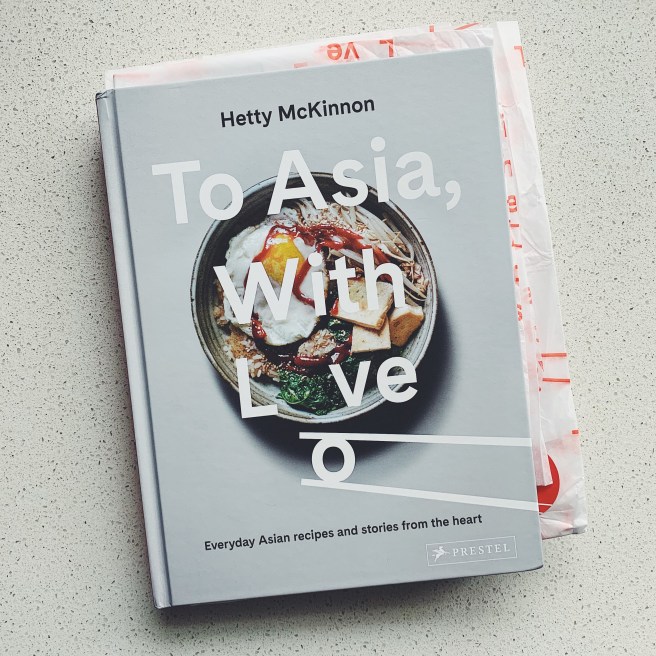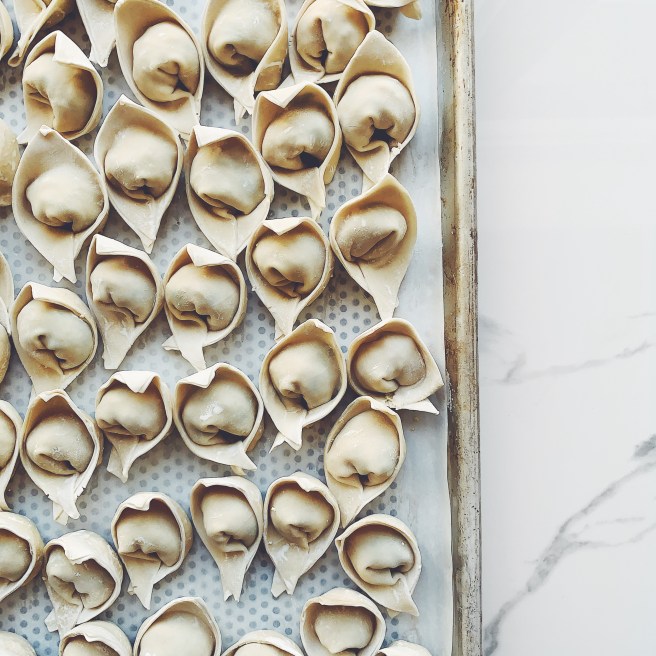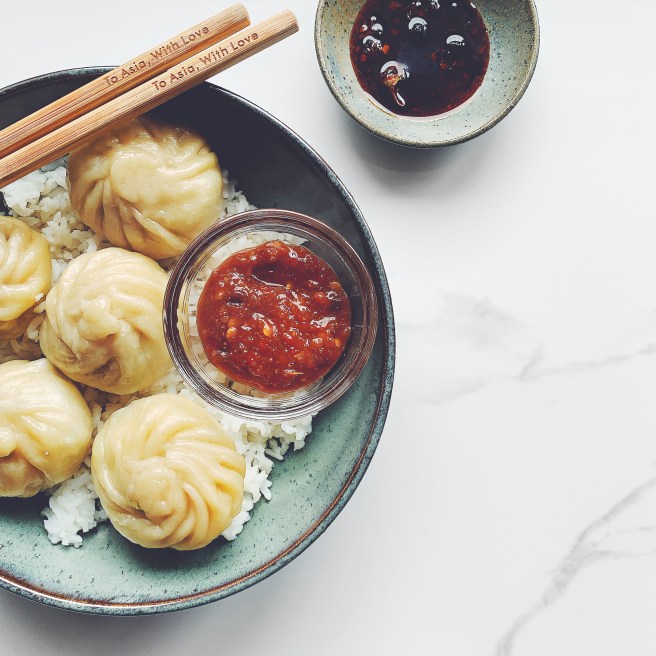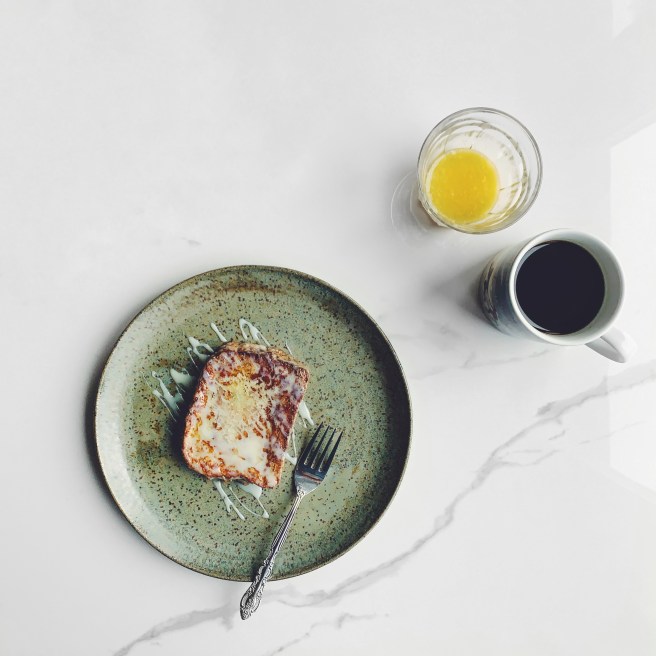
It has been a decade since Hetty McKinnon started her salad delivery business in Surry Hills, Sydney, Australia. From the small kitchen in her home on Arthur Street, she would pack up her salad boxes and deliver them on her bike to the people who lived and worked in her neighbourhood. Through delivering nourishing meals to customers, she began to build a community. Maybe it is McKinnon’s personality, but connecting to people through food is what she does best. It’s not just about getting food on a plate for McKinnon but it’s about looking at the story food can tell. Sometimes the stories are complicated and, sometimes they’re simple but whatever the stories are they give the recipe a reason to be. Since McKinnon’s recipes are rooted in stories, they have a timeless quality. Take her first cookbook, Community (review), as an example – first published in 2014, with an anniversary edition published in 2019, these recipes are as current now as they were 6 years ago. With food trends cycling in and out so quickly, there is something truly special about a cookbook that can hold a lasting place on a home cook’s shelf.

Looking at McKinnon’s career as a cookbook author, her first three books — Community (2014), Neighbourhood (2016-review), and Family (2019- review) can arguably be understood as a trilogy. These books are about the people and places that she has connected to and has been inspired by. The connection between people and places and food in her work is more than just a matter of satisfying the need for physical sustenance. There is a rich emotional sustenance gained when, as one of my dad’s friends puts it, “food and fellowship” is shared. With this being said, how then does her latest book, To Asia, With Love, fit into the McKinnon canon of cookbooks?

To answer this, I think it’s important to understand the journal she founded in 2017. In the Editor’s Note of that first issue of Peddler (Chinatown) she says, “Cooking is story telling. Every plate we put on the table is rooted in either the past, present or future. Whether we cook from our mother’s handwritten recipes, get inspired by countless cookbooks, create dishes from memory, or discover new gems online, every recipe originates from someone’s hands. And as you cook these recipes, you are giving that dish a new story, and a new beginning. Sharing food is history-making.” While Peddler has a similar quality to her other work, it is much more personal. It became a jumping off point to really examine the food of her childhood, while also allowing others to share their food stories too (as a side note, I am lucky to contribute my own stories and recipes to Peddler). Peddler became a place for her to share the food of her Chinese heritage and to talk about identity and about being born in Australia to Chinese immigrants.

At a time when Asian voices are not the predominate voices talking about Asian cuisine and culinary traditions, McKinnon took the step of creating a space to share her food and stories in her own way. And in this manner, the creation of Peddler paved the way for her current book. As she says in the introduction for To Asia, With Love, this book “is my homecoming, a joyous return to all the humble yet deeply nurturing flavours and meals of my childhood. It is also a celebration of the exciting and delicious possibilities of modern Asian cooking.”(9) The recipes McKinnon offers are the everyday dishes she grew up with (she describes the recipes as being grounded in her Chinese heritage with influences from the Western world), the dishes which she hopes will find a place in the kitchens of home cooks.

To Asia, With Love is also a book about her mother. At the heart of this book is the story about a daughter’s love for her mother. To Asia, With Love is part memoir too, with each of the chapters beginning with a story linking McKinnon’s experiences to her recipes, with the stories being invariably linked to her mother in some way. Whether it’s discussing the morning meal rituals McKinnon grew up with, making dumplings, the legacy of rice, or even finding empathy in the unlikeliest of places when making salad, McKinnon’s mother’s presence is felt. Warm and comforting, McKinnon’s story about food is a story about her mother – personal and loving: “…the smell of ginger on my mother’s hands”(247) a small, cherished memory that links Hetty’s story to her food. Adding to the intimacy she creates by sharing her family food and stories, she uses photos taken on 35mm or medium format film as a nostalgic compliment.

As with all her recipes, the food shared in To Asia, With Love is vegetarian with many vegan and gluten free options. It seems a bit funny to me that I’m only getting to the actual food at this point in my review. While I try recipes and cook to review, I find that with some books I linger. With Hetty’s books I always linger with delicious enjoyment, finding food that seamlessly fits into my cooking routines. The recipes in To Asia, With Love are organized into 6 chapters: A big breakfast, Lucky noodles, Dumplings and other small things, Rice is gold and all the things to eat with it, Salads for life, and Not too sweet. In the introduction, she discusses the flavors, techniques, and ingredients which are essential to cooking Asian food and, throughout the book she offers substitutions for ingredients as well.

At this point, I’ve made (and remade) over a dozen recipes and while I am a seasoned home cook, I found myself making dishes I’ve never attempted before. Often, I feel unskilled when it comes to crimping dough. Even though I grew up enjoying the ultimate Ukrainian dumpling – the varenyky – I can never quite make the crimping as nice as my mother or grandmother can. Feeling like I’m all thumbs, I was pleasantly surprised when I was able to proficiently crimp the dumplings (there’s even a recipe for gluten free dough!), wontons, bao, and momos from the book. I poured over her instructions in the book, and then watched (and re-watched) her ABC Life video (watch here) on how to fold and stuff dumplings and the results speak for themselves!

One thing I have a strong dislike for and try not to make are muffins. Just one glance at my Instagram feed will show you the truth of that statement. I’m not sure if I’m too lazy to want to fill up a muffin tin, then clean it after use but even when I looked at McKinnon’s recipe for Peanut and Coconut Mochi Muffins, I strongly debated with myself whether I could use the batter to make a loaf or a cake instead. I even wondered if I could cut the recipe in half so that I didn’t have to use/clean two muffin tins. Pretty bad, huh? Thankfully, I got over myself and made the recipe as written and, I can report that I’ve never been so pleased to make or enjoy muffins. As she claims in her recipe notes, these muffins are moreish, and I am grateful that her recipe makes an enormous 24-muffin batch because I could easily eat many in one sitting! I’m new to the joys of mochi, so for those of you unfamiliar with it, imagine crossing a muffin with a marshmallow. Mochi’s pleasantly chewy texture is due to the use of glutinous rice flour, which is different from regular rice flour. While I adore all the recipes I’ve made from To Asia, With Love, these mochi muffins might be my favourite (it turns out my husband’s favourite is the recipe for Flourless Soy Sauce Brownies).
To Asia, With Love is also a wealth of homemade pantry staples – from her Everything Oil and Ginger-Scallion Oil to her Vegan “Fish” Sauce and the Reliable Dumpling Dipping Sauce, McKinnon once again demonstrates her keen understanding of flavour and how to create beautifully delicious recipe components at home. Since my husband doesn’t eat fish, enjoying anything using fish sauce is almost impossible, that is until I made my first batch of Vegan “Fish” Sauce from the book! Now, I have a bottle always ready in my refrigerator for those times I need to add extra flavour to meals I make or for when a recipe calls for its use.
With her fourth cookbook, To Asia, With Love, Hetty McKinnon continues to inspire me with her delicious recipes as well as her heartfelt stories and remembrances. McKinnon is a true original in the way she champions and encourages home cooks to use recipes to tell their own stories – in her words: “Most importantly, this book is a celebration of how flavour can so powerfully connect us to the past and create pathways to our future.”(9) To Asia, With Love will be a wonderful addition to your cookbook library.

I would like to take this opportunity to thank Hetty McKinnon and Prestel for providing me with a free, review copy of this book. I did not receive monetary compensation for my post, and all thoughts and opinions expressed are my own. Special thanks to Hetty McKinnon for also gifting me To Asia, With Love chopsticks, a Knotty Dane Wonton Roller, as well as delicious ingredients from Fly by Jing and Lee Kum Kee.







One thought on “Book Club Tuesday: To Asia, With Love”